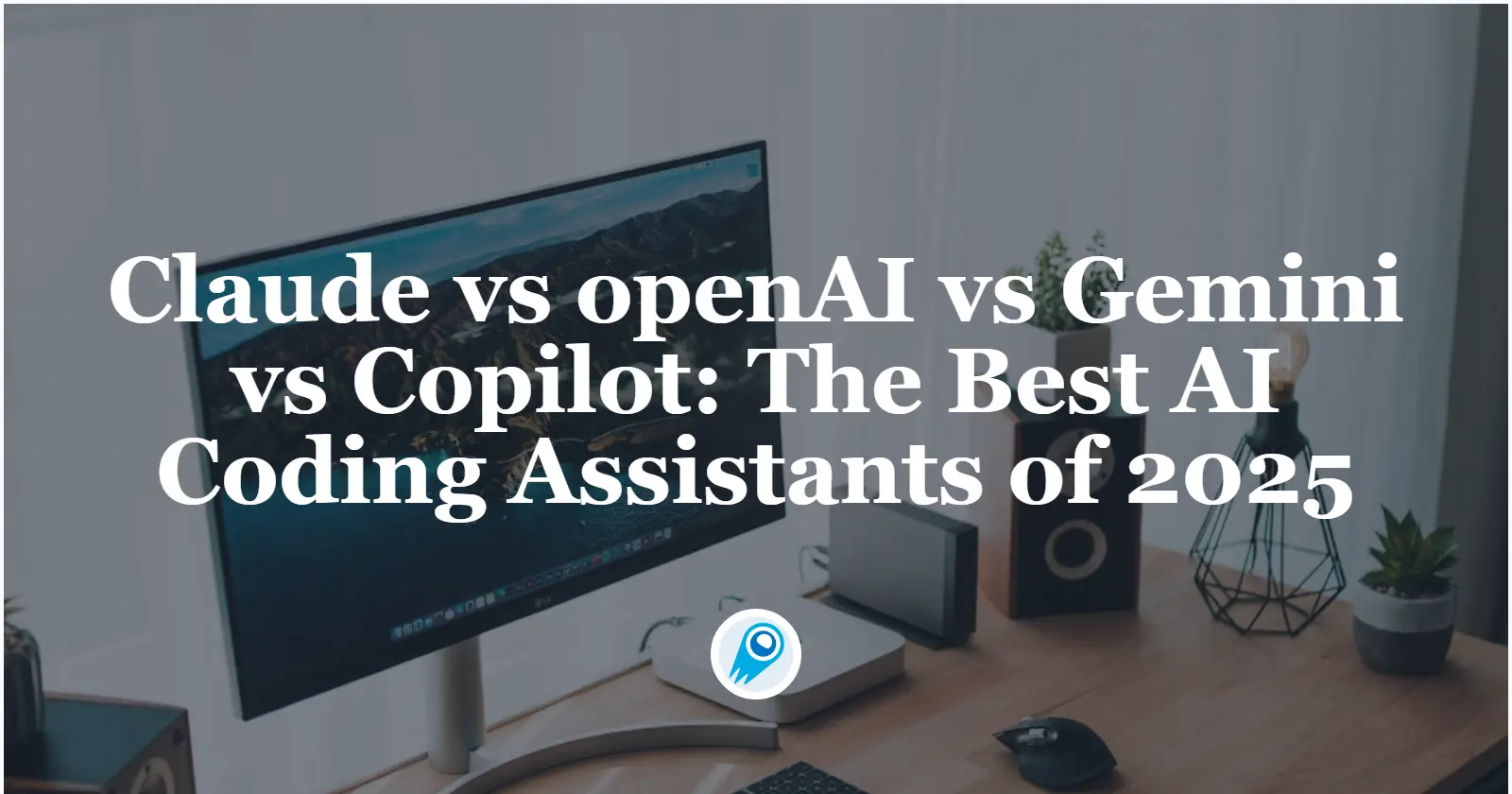Top AI Coding Assistants of 2025: A Developer’s Guide
Top AI Coding Assistants of 2025: A Developer’s Guide

The landscape of software development is rapidly changing thanks to the rise of AI coding assistants. By mid-2025, a plethora of tools are available to boost developer productivity, streamlining code writing, debugging, and documentation. This guide explores the leading AI coding assistants, comparing their strengths, weaknesses, and ideal use cases to help you choose the right tool for your needs.
AI coding assistants offer significant productivity gains. Studies, such as one by AWS, show developers using CodeWhisperer completing tasks 27% more successfully and 57% faster than their counterparts without AI assistance. However, the variety of tools available necessitates a careful understanding of their features and limitations.
Major AI Coding Assistants in 2025
GitHub Copilot (Microsoft)
What it is: An IDE-integrated AI pair programmer, powered by OpenAI models and Microsoft’s AI. Copilot provides real-time code completion and suggestions within editors like VS Code, JetBrains IDEs, and Visual Studio. It can suggest entire lines or functions based on context.
Key Features: With a reported 15 million users (as of 2025), Copilot boasts widespread adoption. Microsoft’s Build 2025 announcement introduced agent mode, enabling Copilot to autonomously handle multi-step tasks like code refactoring, bug fixing, and test improvement. It also offers code review capabilities and specialized extensions (e.g., PostgreSQL support) and app modernization features for Java/.NET.
Use Cases: Excels at on-the-fly code generation and completion, particularly for common tasks and boilerplate code. Ideal for writing functions, APIs, tests, and even entire classes interactively.
Limitations: May suggest incorrect or suboptimal code; requires review. Lacks a default conversational interface; explanations require pairing with a chat tool. Limited context awareness may miss higher-level project intent.
OpenAI ChatGPT (with Codex)
What it is: A general-purpose conversational AI (now utilizing GPT-4o and related models) offering code snippet generation, algorithm explanations, and documentation creation. Codex, a specialized AI coding agent within ChatGPT, operates in the cloud, handling multiple tasks concurrently within sandboxed environments.
Key Features: OpenAI offers coding-optimized variants like GPT-4.1 and continued GPT-4o improvements. Codex leverages a full repo context and internet access (if enabled). Free and paid tiers (Plus, Team, Enterprise) provide varying capabilities and access to GPT-4.
Use Cases: Strong for high-level tasks like algorithm design, code generation from natural language prompts, code explanation, and test case generation. Its conversational interface facilitates iterative brainstorming and debugging.
Limitations: Requires switching context from the IDE (though extensions exist). Free tier offers limited capabilities.
Anthropic Claude Code
What it is: Anthropic’s AI coding assistant, part of the Claude AI family, featuring the Opus 4 and Sonnet 4 models. It’s an agentic tool for code editing, accessible via plugins (VS Code, JetBrains) or a web UI.
Key Features: Optimized for complex, long-running tasks and agent workflows. Supports background task execution via GitHub Actions, allowing direct code edits. Offers long context windows and persistent memory.
Use Cases: Shines in reasoning-intensive tasks like refactoring, algorithm explanation, and documentation generation. Supports generating entire classes or services.
Limitations: Relatively new and less widely used than Copilot or ChatGPT. Smaller user community and potentially longer wait times.
Google Gemini Code Assist
What it is: Google’s AI coding assistant, powered by the Gemini 2.5 model, offered through Google Cloud for individual developers and enterprises.
Key Features: Provides AI-powered coding agents for various tasks including code generation, migration, feature implementation, code review, testing, and documentation. Supports multiple IDEs and languages.
Use Cases: Positioned for full-stack development, particularly within Google Cloud environments. Suitable for codebase modernization, new service creation, and automated testing.
Limitations: Newer and less widely used than other options. Relies on Google Cloud APIs; may not be suitable for local or offline development. Primarily targeted towards enterprises.
Key Use Cases for AI Coding Assistants
AI coding tools enhance various stages of the development lifecycle:
- Code Generation: All tools excel at generating code, with varying strengths in different languages and task complexities.
- Debugging & Refactoring: Assistants analyze code, suggest fixes, and even iteratively debug and refactor.
- Documentation & Explanation: LLMs efficiently generate documentation and explain code functionality.
- Full-Stack Development & Architecture: AI can assist in designing and implementing various system layers.
Limitations and Considerations
While powerful, AI coding assistants have limitations:
- Accuracy and Hallucinations: Always review AI-generated code.
- Context Window: Large projects may exceed context limits.
- Security & Licensing: Concerns regarding copyrighted code and proprietary data exist.
- Dependency on Prompts: Effective prompting is crucial.
- Integration Overhead: Setup and integration can require effort.
- Cost and Resources: Usage can incur significant costs.
Conclusion
AI coding assistants have evolved into a diverse ecosystem. The best choice depends on individual needs and workflows. Experimentation and a keen eye on the latest updates are vital for staying productive in this rapidly evolving field. Remember, these tools are assistants, not replacements for human developers.
Getting Started: [Link to CometAPI or relevant resource]
Disclaimer: This content is aggregated from public sources online. Please verify information independently. If you believe your rights have been infringed, contact us for removal.